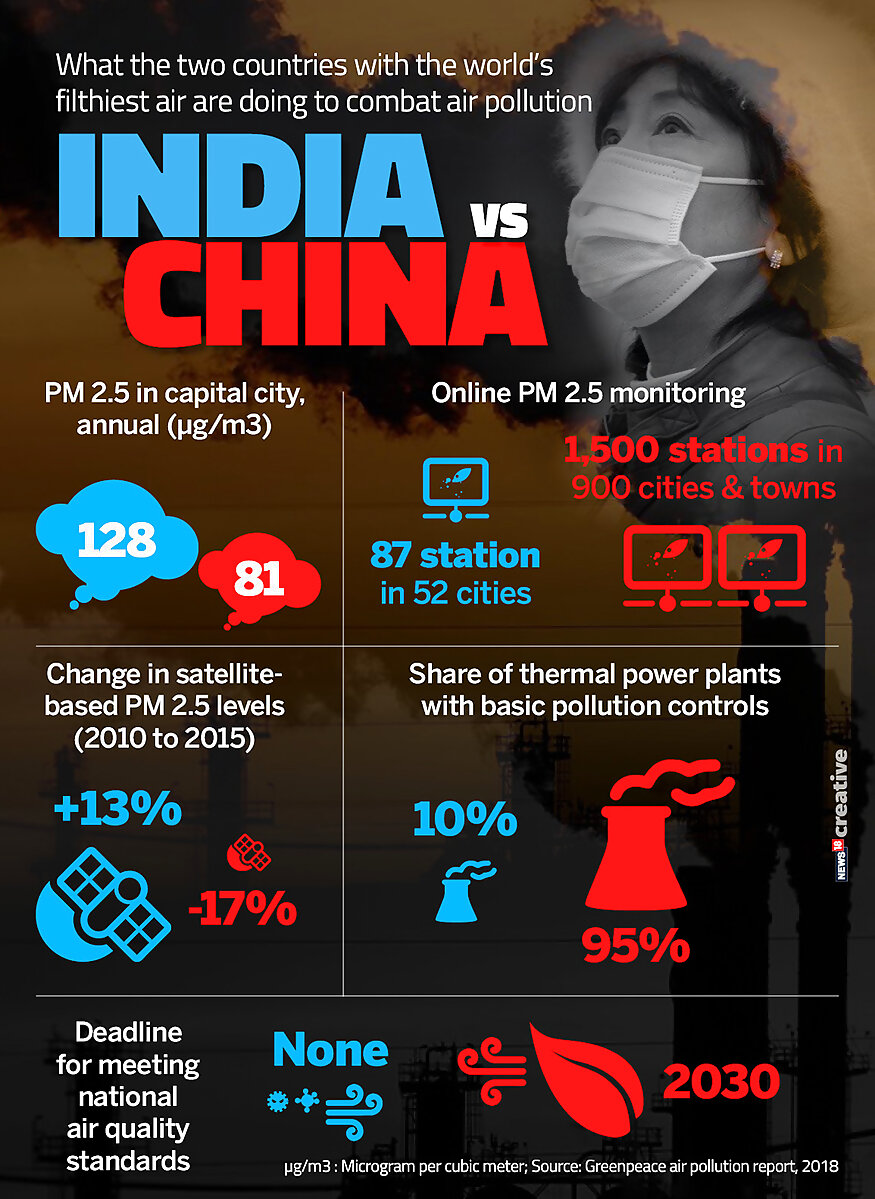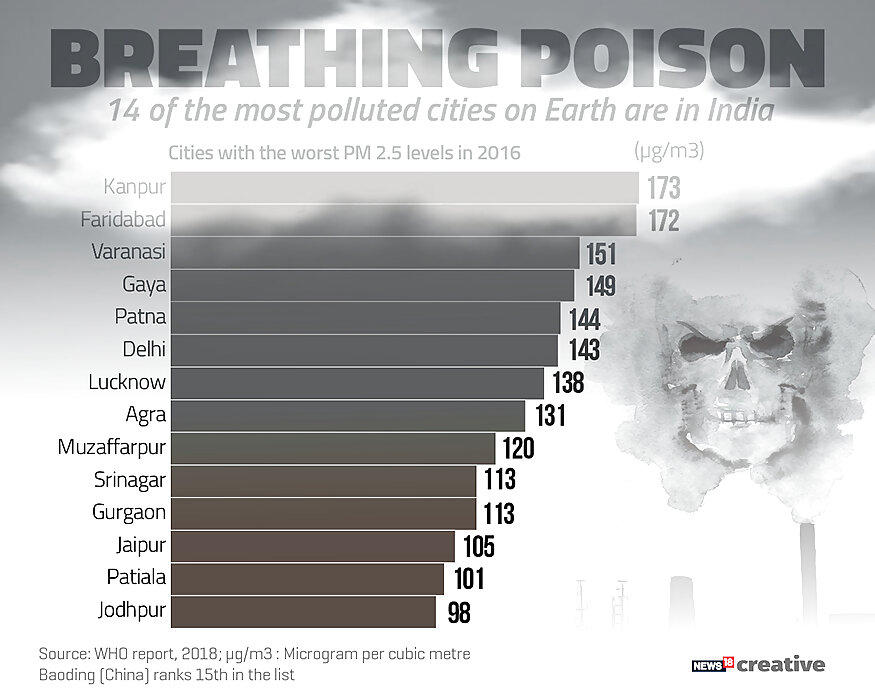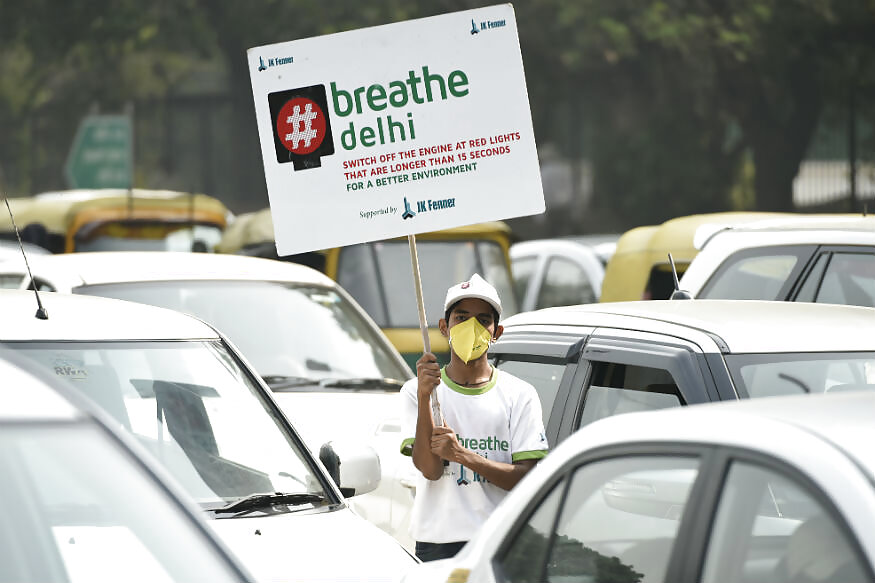
views
As per a Supreme Court order dating back to October 2018, from April 1 2020, only vehicles that meet Bharat Stage-VI (BS-VI in short) will be allowed to be sold in India. Previously, India was following BS-IV emission norm and yes, we have skipped the BS-V level completely in order to bring our emission norm at par with the standard that is followed globally. Also, since April 1 has passed, this means that the next you consider purchasing a vehicle, you will only see BS-VI emission norm compliant vehicles in the dealership, be it a two-wheeler, four-wheeler or a commercial vehicle in any shape and size.
But what does it all mean and how does it differ from the older norms that we followed? We try to answer all your questions.

Decoding the term ‘BS’
To start with, the ‘BS’ in BS-VI stands for ‘Bharat Stage’ which signifies the emission regulation standards set by Indian regulatory bodies. The ‘VI’ is a roman numeric representation for six (6). The higher the number gets, the stricter the Bharat Stage emission norms get which eventually means it becomes trickier (and costlier) for automakers to meet them.
These emission standards are set by the central government to keep a check on the pollutant levels emitted by vehicles that use combustion engines. To bring them into force, the Central Pollution Control Board (CPCB) sets timelines and standards which have to be followed by automakers.
Also, the BS norms are based on European emission norms which, for example, are referred to in a similar manner like ‘Euro 4’ and ‘Euro 6’. These norms are followed largely by all automakers across the globe and act as a good reference point as to how much does a vehicle pollute.
To wrap it up and put it simply, Bharat Stage emission norms are largely similar to the European emission norms followed globally.
How is BS-VI Different from BS-IV?
The major difference between the BS-IV and BS-VI norms is the presence of sulphur in the fuel. While the BS-IV fuels contain 50 parts per million (ppm) sulphur, the BS-VI grade fuel only has 10 ppm sulphur content. Also, the harmful NOx (nitrogen oxides) from diesel cars can be brought down by nearly 70%. In petrol-powered cars, they can be reduced by 25 per cent. However, when we talk about air pollution, particulate matter like PM 2.5 and PM 10 are the most harmful components and the BS-VI emission norm will bring down the cancer-causing particulate matter in diesel cars by a phenomenal 80 per cent.

Why did it take so long to implement the BS-VI norm?
While the application of a stricter emission norm may sound good, especially amidst the mounting concerns over the ever-rising pollution levels in the country, there’s a lot more to it than just that. Firstly, it takes years for automakers to develop a new kind of an engine or to tweak around with the current ones used in their vehicles.
Once the research and developments are over, the task of setting up a full-scale production comes up. All of this comes at a cost which eventually makes the vehicle more expensive for the end customer of the product and that can be a cause of concern for automakers given how price-sensitive the Indian market is.
Also Read: The Story of Ailing Indian Auto Industry; Fear of BS-IV Stock Turning to Scrap and Coronavirus
Automakers were supposed to make their models BS-IV compliant by April 1, 2017. While some automakers have met the targets and updated their products, there was a huge stock of vehicles left to be sold into the market that was still BS-III compliant and as per a decision by the Supreme Court, they weren't able to sell them.
At that point, the Society of Indian Automobile Manufacturers (SIAM) had told the court that the companies were holding stock of around 8.24 lakh such vehicles. These included around 96,000 commercial vehicles, over 6 lakh two-wheelers and around 40,000 three-wheelers.
Then, there is also the requirement of cleaner fuel to run these vehicles that comply with a stricter emission regulation as it is not feasible to make internal combustion engines pollute less while using poor quality of fuel. As per a report, the Centre had spent around Rs 18,000-20,000 crore for producing cleaner fuel.
To wrap it up, automakers have a huge stock that does not comply with the BS-VI emission norm and they risk facing huge losses. Whereas, as per the Centre, automakers have been given enough time for the transition and they have done their part to provide cleaner fuel, which cost a significant amount of money to do so.

Will the BS-VI vehicles become expensive?
The everyday customer who is yet to buy themselves a vehicle or is planning to get one will have to shell out more for their purchase. On top of that, the fuel costs also need to be taken into account. But above all of this, there is a bigger target to be achieved. India has some of the most polluted cities in the world and automobiles are often considered as one of the biggest factors responsible for it.
The need of the hour is to control the pollution levels by all means possible and since globally, countries are implying Euro 6 levels of emission regulations, India too has stepped up its game and hence there has been the BS-IV to BS-VI emission norm implication.

What should be expected in the future?
As of now, BS-VI has been implemented from April 1, 2020, 3 years after the BS-IV emission norm was implemented in 2017. Those looking to purchase a vehicle will have to spend a higher amount than before to own one.
This has required a huge amount of investments to make the oil refineries capable of producing a better quality of fuel and also investments in the infrastructure to make that fuel available across the country. Then, the automakers have invested on their end too in order to speed up the research and development process and improve their own infrastructure – like the manufacturing plants – to make their offering BS-VI emission norm compliant.
To sum it up, India has made an effort to reach the global standards and hence, a lot of changes in the trends, sales and choices made by customers are expected in the coming years.
(With PTI inputs)
Also Watch:



















Comments
0 comment